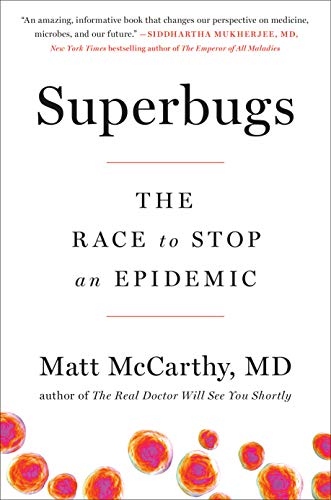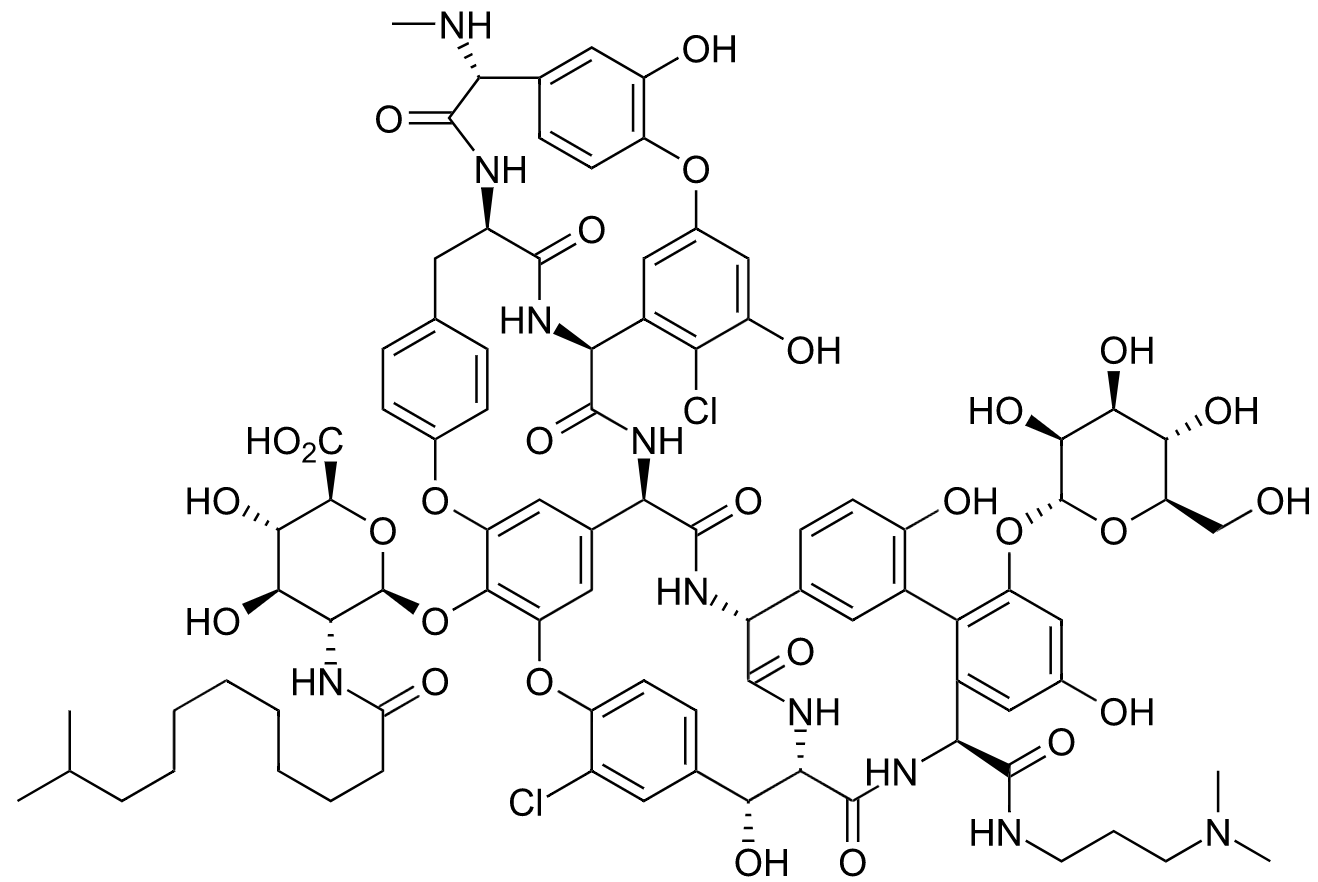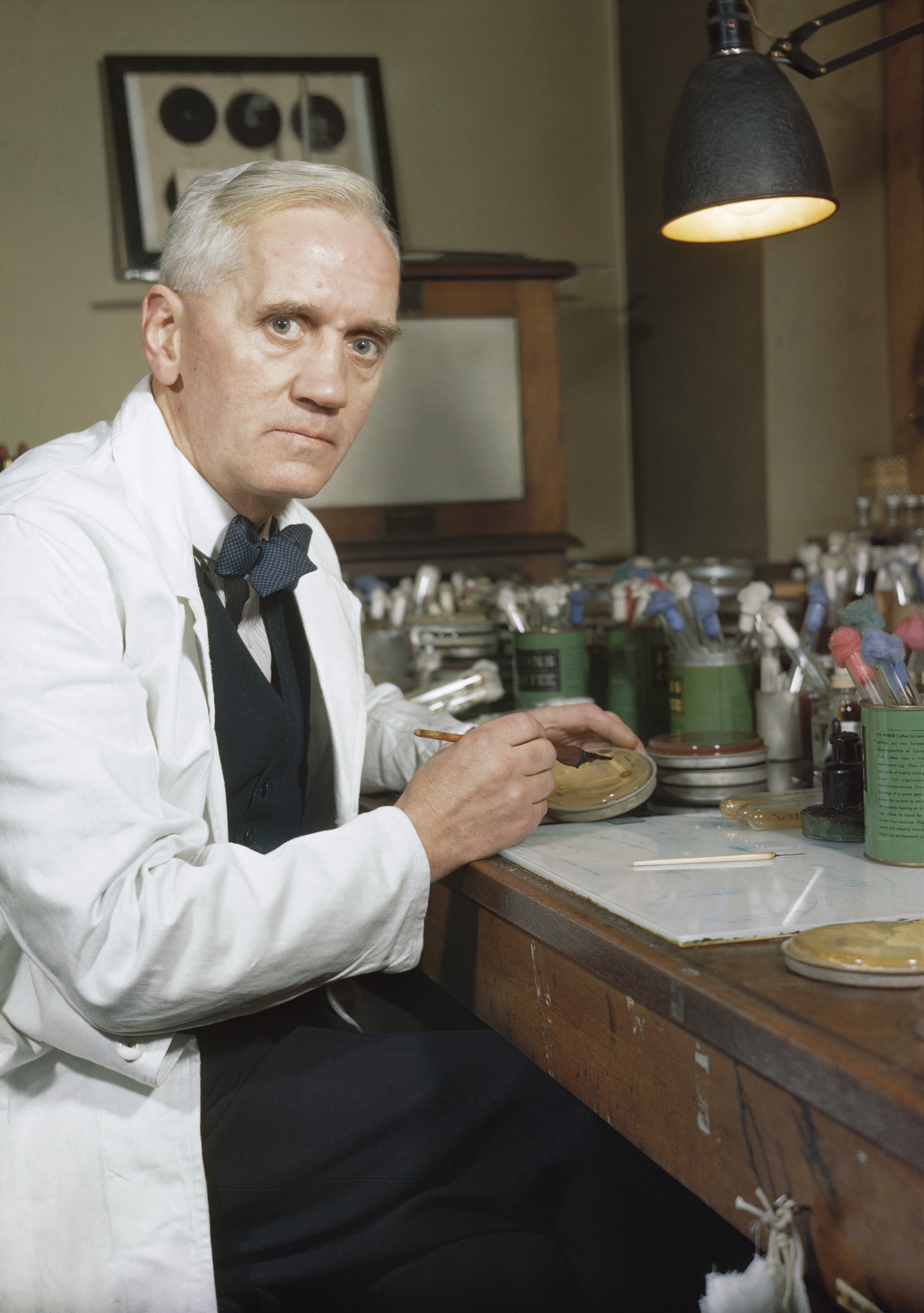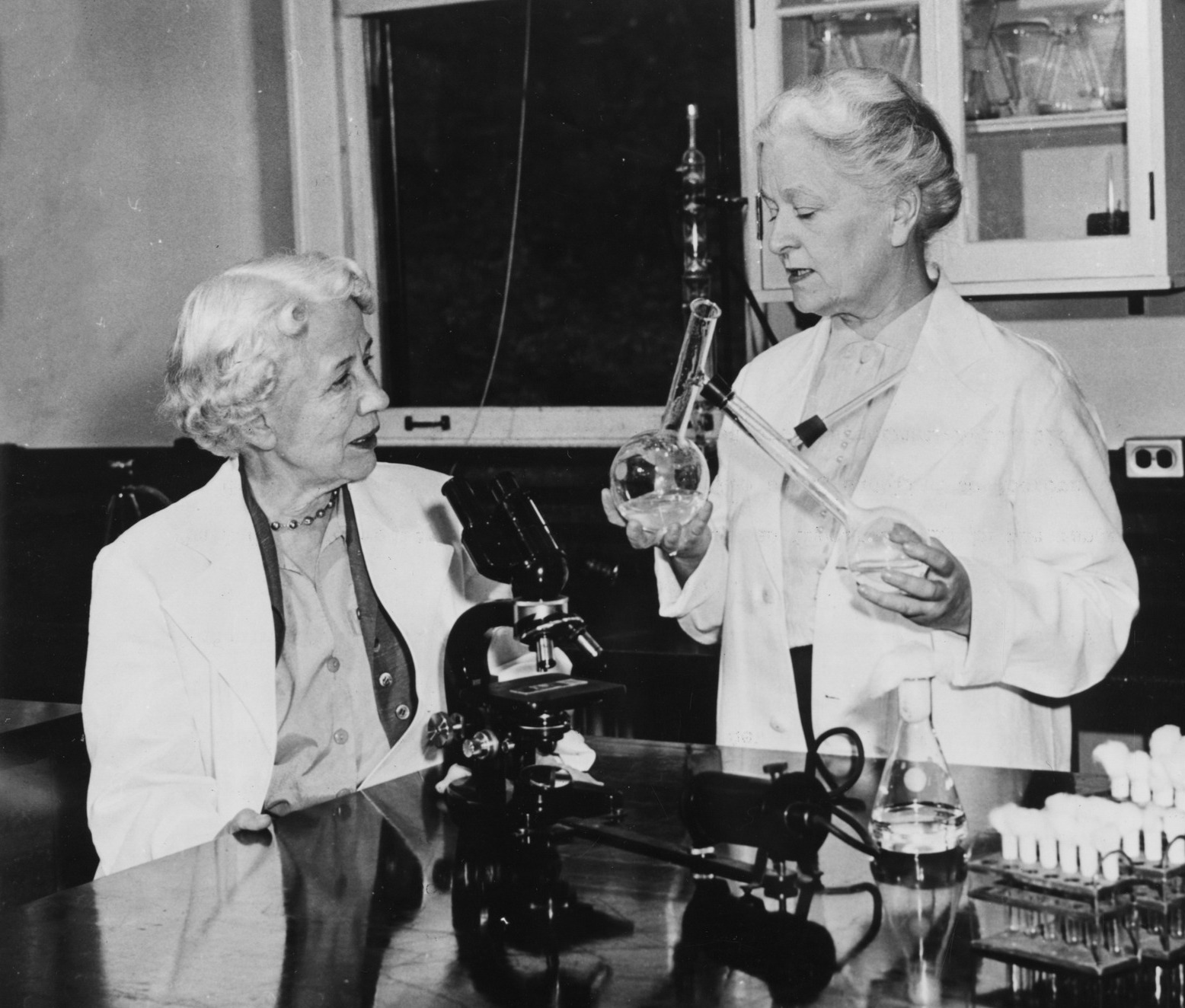Superbugs: The Race to Stop an Epidemic Book Review

Superbugs: The Race to Stop an Epidemic
by Matt McCarthy, MD
Avery (May 21, 2019)
ISBN 0735217505
I received a free copy of this book through LibraryThing’s Early Reviewers program.
Superbugs is a fascinating book, and I’m glad I had the chance to review it. This book is a window into the management, and hopefully curing, of difficult antibiotic-resistant infections from the point-of-view of a physician who sees the worst the world has to offer. McCarthy wrote it in a chatty, personable, and slightly ADD style that probably makes it more accessible. This is a difficult thing to get right with a work of popular science, which I take this book to be.
There is an infamous rule of thumb that including one mathematical formula in your book will reduce your readers by half. Each additional formula continues the process of exponential decay. McCarthy has clearly decided to maximize his potential readership by avoiding mathematical formulae, or worse, skeletal formulae of organic molecules.

Dalbavancin, public domain
By Hbf878 - Own work, CC0, https://commons.wikimedia.org/w/index.php?curid=73536309
However, while he doesn’t show them, he talks about them a lot. If you know what is going on, you can either envision the diagrams or look them up, but organic chemistry isn’t needed to tell the stories that McCarthy wants to tell.
The first story is McCarthy’s work with Allergan on the antibiotic dalbavancin, and his journey to learn how to write a protocol for a clinical trial and gain consent from often frightened and bewildered patients who show up in Emergency Rooms with methicillin-resistant Staph Aureus infections. His meandering style allows him to digress into the second story, which is a capsule history of the development of antibiotics, and the sometimes checkered history of human experimentation in medicine.

Sir Alexander Fleming, looking rather intense for the photographer
By Official photographer - http://media.iwm.org.uk/iwm/mediaLib//32/media-32192/large.jpgThis is photograph TR 1468 from the collections of the Imperial War Museums., Public Domain, https://commons.wikimedia.org/w/index.php?curid=24436974
His history of antibiotic development includes well-known figures like Alexander Fleming, and the overlooked, like Elizabeth Lee Hazen and Rachel Brown, who developed nystatin, the first antifungal drug.

Elizabeth Lee Hazen and Rachel Brown
By Smithsonian Institution - Flickr: Elizabeth Lee Hazen (1888-1975) and Rachel Brown (1898-1980), No restrictions, https://commons.wikimedia.org/w/index.php?curid=18386483
The book is probably worth it just for this well-done short summary of the powerhouses of modern pharmaceuticals [and more evidence for my theory that the greatest period of technological advancement in the twentieth century was between 1920-1950]
By the early 1950s, ninety percent of the prescriptions filled by patients were for drugs that had not even existed in 1938. pg 101 [citing Miracle Cure by William Rosen 2017]
However, you also get a good look at how medicine is practiced in the United States today, from the practitioner’s point-of-view. Physicians need to manage conflicts of interest, like the portion of McCarthy’s salary that is paid by Allergan and other corporations, patients that are bound and determined to pursue courses of treatment that the evidence doesn’t support, and the sheer soul-crushing burden of seeing so much suffering day-in and day-out.
We Americans expect our doctors to be superhuman: to work without rest, to diagnose without fail, and resist the siren call of wealth. Doctors receive enormous deference for our unrealistic expectations, but a subtext of McCarthy’s book is the toll this takes on our often genuinely selfless and dedicated physicians. Who do in fact accept honoraria and speaking fees from pharmaceutical companies and miss their children while they work long hours.
Another interesting aspect of American medical practice is its insularity. Nearly every reference in McCarthy’s book is from a medical journal, which is the mental world of most physicians. However, medicine might progress faster if physicians were to be a little bit more widely read. For example, McCarthy devotes a fair bit of space to the research of Vincent Fischetti, who isolates enzymes from bacteriophages. But phage therapy was a thing before antibiotics were invented, and was largely forgotten in the initial enthusiasm for antibiotics. Phages and adjacent technologies would be a useful adjunct to antibiotics, but medicine, meaning mostly expert physician opinion, has been pointedly disinterested for seventy years or more. I appreciate that McCarthy is trying to do something about that, but reading and citing mostly medical journals is only going to perpetuate the attitude that pushed useful therapies aside because it wasn’t the hot new thing, or because it came from the wrong field.
All in all, I enjoyed this book. I think McCarthy did a fine job making the history of antibiotics accessible, and was remarkably honest about himself and his field, frankly admitting the challenges physicians face today. This book could have been dry, but it wasn’t, so I am willing to embrace the rapid alternation between the present and the past. McCarthy made this style work. One can learn a lot about the world, past and present, from this book.
In a final note, there is a short letter tucked in my review copy that public results for McCarthy’s dalba study are expected on or around May 21st, just under a week from the publication of this review. I hope everything went well, because I like having options when the bacteria evolve faster than us.



Comments ()